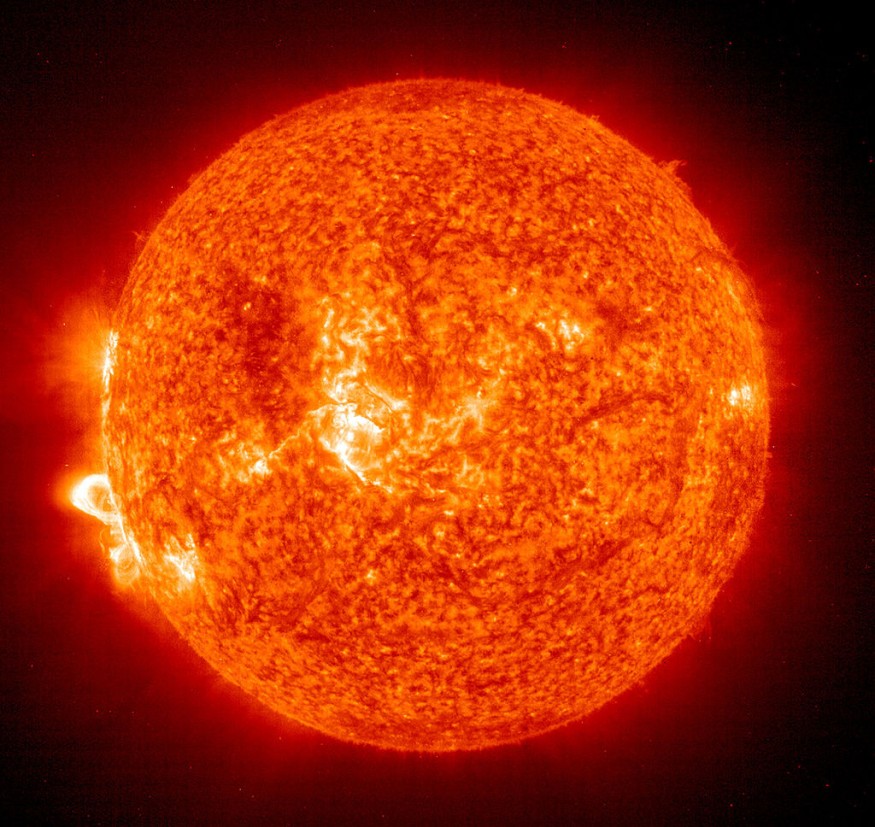Solar flares are one of the major solar storms observed from the Sun, our solar system's only star. In addition to solar winds and coronal mass ejections (CMEs), the flares are preceded by mysterious sparks that hints astronomers of a looming solar explosion of highly-energized space particles, scientists have discovered in a new study.
The discovery of the solar sparks does not entail the absolute, accurate prediction of solar storms from now on. Instead, the findings could only help astronomers and scientists, in general, to be steps closer from such achievement. Over the past century, solar storms have disrupted Earth's radio, satellite, and communication technology in the form of geomagnetic storms and radio blackouts.
Mysterious Solar Sparks

Findings from the multi-year data analysis was published in The Astrophysical Journal, led by researchers from the NorthWest Research Associates (NWRA) in Boulder, Colorado, who compared flare-imminent against flare-quiet active regions of the corona, the outermost layer of the Sun's atmosphere.
The scientists analyzed years of data from the Solar Dynamics Observatory (SDO) of the National Aeronautics and Space Administration (NASA). The SDO has been observing the Sun since February 2010. However, prior to the said NASA mission, which is part of the Living With a Star program, researchers had observed these "pre-flare flashes" before, according to the study.
Since the 1970s and 1980s, space researchers have observed these pre-flare flashes by using tools like ground-based observatories, which led to a number of anecdotal evidence showing the flashes and flares were related, according to KD Leka, a senior research scientist at NWRA, who told Live Science.
Solar Storm Prediction
Currently, the leading agency that conducts solar storm predictions and space weather hazards like geomagnetic storms, solar storm radiations, and radio blackouts is the Space Weather Prediction Center (SWPC), which is under the National Oceanic and Atmospheric Administration (NOAA).
While the SWPC is unable to make a perfect prediction, the US agency issues solar storm alerts, solar storm watches, and solar storm warnings whenever it observed anomalies or violent solar activities in the Sun. This space weather forecasting is based on our star's sunspots and other regions where it emits solar storms, particularly solar flares.
On January 18, NASA also acknowledged that flashes on the Sun could help scientists predict solar flares, citing the achievements made by the team of scientists from NWRA. The team identified small signals in the corona that can help identify which regions on our solar system's star are more likely to generate solar flares, which are energetic bursts of light and particles, the US space agency adds.
NASA says the information could eventually help improve predictions not only of flares but also space weather storms, which are disrupted space conditions caused by the Sun's activity. Furthermore, the agency states space weather events can affect Earth in various ways, including the following:
- produce auroras
- endanger astronauts
- disrupt radio communications
- cause large electrical blackouts
© 2025 NatureWorldNews.com All rights reserved. Do not reproduce without permission.





